Amsel, Sheri. 2005-2014. “Genet: Genetta angolensis.” Exploring Nature Educational Resource: Main Index > Animals & Plants > Mammals. Retrieved May 7, 2014.
- Available at: http://www.exploringnature.org/db/detail.php?dbID=43&detID=959
"Angolan Genet." The Animal Files: Mammals>Carnivores. Retrieved May 7, 2014.
- Available at: http://www.theanimalfiles.com/mammals/carnivores/genet_angolan.html
"Angolan Genet, Genetta angolensis." redOrbit Reference Library Mammals. Retrieved May 7, 2014.
- Available at: http://www.redorbit.com/education/reference_library/animal_kingdom/mammalia/1112582120/angolan-genet-genetta-angolensis/
"Angolan Genet Pictures and Facts." The Website of Everything. Retrieved May 7, 2014.
- Available at: http://thewebsiteofeverything.com/animals/mammals/Carnivora/Viverridae/Genetta/Genetta-angolensis.html
Beddard, Frank E. 12 November 1907. "On Some Points in the Structure of Galidictis striata (Received October 17, 1907)." Proceedings of the Zoological Society of London 1907(4):803-817.
- Available via Internet Archive at: https://archive.org/stream/proceedingsofzoo19074471121zool#page/802/mode/2up
Bisby, F.A.; Roskov, Y.R.; Orrell, T.M.; Nicolson, D.; Paglinawan, L.E.; Bailly, N.; Kirk, P.M.; Bourgoin, T.; Baillargeon, G.; and Ouvrard, D. (red.). 2011. "Genetta angolensis." Species 2000 & ITIS Catalogue of Life: 2011 Annual Checklist. Reading, UK. Retrieved May 7, 2014.
- Available at: http://www.catalogueoflife.org/col/search/all/key/genetta+angolensis/match/1
Bocage, J.V. Barbosa du. 1854. Instrucções Practicas sobre o Modo de Colligir, Preparar e Remetter Productos Zoológicos para o Museu de Lisboa. Lisboa: Imprensa Nacional.
- Available via Biodiversity Heritage Library at: http://www.biodiversitylibrary.org/item/129847#page/11/mode/1up
Bocage, J.V. (José Vicente) Barboza du. 1877. Ornithologie d'Angola. Ouvrage publié sous les auspices du Ministere de la Marine et des Colonies. Lisbonne: Imprimerie Nationale.
- Available via Internet Archive at: https://archive.org/stream/ornithologiedang00barb#page/n8/mode/1up
Bocage, J.V. Barboza du. 1882. "Liste des mammifères envoyés de Caconda 'Angola' para M. d'Anchieta." Jornal de Sciencias Mathematicas, Physicas e Naturaes, Academia Real das Sciencias de Lisboa IX (33):25-29.
Available via Biodiversity Heritage Library at: https://www.biodiversitylibrary.org/page/16211308
Boelens, Bo; Watkins, Michael; and Grayson, Michael. 2009. The Eponym Dictionary of Mammals. JHU Press. Baltimore MD: The Johns Hopkins University Press.
Boudet, Ch. 10 January 2009. "Species Sheet: Angolan Genet, Miombo Genet." Mammals' Planet: Vs n°4, 04/2010. Retrieved May 7, 2014.
- Available at: http://www.planet-mammiferes.org/drupal/en/node/38?indice=Genetta+angolensis
Boudet, Ch. 10 January 2009. "Subspecies Sheet: Genetta angolensis angolensis." Mammals' Planet: Vs n°4, 04/2010. Retrieved May 7, 2014.
- Available at: http://www.planet-mammiferes.org/drupal/en/node/39?indice=Genetta+angolensis+angolensis
Boudet, Ch. 10 January 2009. "Subspecies Sheet: Genetta angolensis hintoni." Mammals' Planet: Vs n°4, 04/2010. Retrieved May 7, 2014.
- Available at: http://www.planet-mammiferes.org/drupal/en/node/39?indice=Genetta+angolensis+hintoni
Boudet, Ch. 10 January 2009. "Subspecies Sheet: Genetta angolensis mosssambica." Mammals' Planet: Vs n°4, 04/2010. Retrieved May 7, 2014.
- Available at: http://www.planet-mammiferes.org/drupal/en/node/39?indice=Genetta+angolensis+mossambica
Cabrera, Ángel. 1914. Fauna Ibérica: Mamíferos. Madrid: Museo Nacional de Ciencias Naturales.
- Available via Internet Archive at: https://archive.org/details/faunaibricamam00cabr
Corson, Docteur P.-J. October 2005. Les grands prédateurs d’Afrique: biologie, éthnologie et chasse. Brussels, Belgium: Éditions du Gerfaut.
Crawford-Cabral, J. 1981. “A New Classification of the Genets.” African Small Mammal Newsletter 6:8-10.
Crawford-Cabral, João. 1980. "The Classification of the Genets (Carnivora, Viverridae, genus Genetta)." Boletim da Sociedade Portuguesa de Ciências Naturais 20:97-114.
Delibes, M.; Rodríguez, A.; and Parreno, F.F. 1989. “Food of the Common Genet (Genetta genetta) in Northern Africa.” Journal of Zoology 218(2): 321-326.
de Pousarges, E. (Eugène). 1896. "Étude sur les mammifères du Congo français." Annales des Sciences Naturelles, Zoologie et Paléontologie; comprenant l'Anatomie, la Physiologie, la Classification et l'histoire Naturelle des Animaux, (série 8, tome troisième): 129-416.
- Available via Biodiversity Heritage Library at: http://biodiversitylibrary.org/page/35662106
- Available via Internet Archive at: http://archive.org/stream/udesurlesmammifs00pous#page/n6/mode/1up
Driver, Stephanie (ed.). 2008. Exploring Mammals. Tarrytown, NY: Marshall Cavendish Corporation.
Duff, Andrew; and Lawson, Ann. 2004. Mammals of the World: A Checklist. Yale University Press.
Durant, S.M.; DeLuca, D.; Davenport, T.R.B.; Mduma, S.; Konzo, E.; and Lobora, A. (eds.). 19 – 21 April 2006. The Tanzania Small Carnivore Conservation Action Plan. Arusha, Tanzania: Tanzania Wildlife Research Institute. Retrieved May 7, 2014.
- Available at: http://www.tanzaniacarnivores.org/uploads/Tanzania%20small%20carnivore%20conservation%20action%20plan%281%29.pdf
Ewer, R.F. 1998. The Carnivores. Cornell University Press: Cornell Paperbacks.
Fischer, Claude; Tagand, Romain; and Hausser, Yves. July 2013. “Diversity and Distribution of Small Carnivores in a Miombo Woodland within the Katavi Region, Western Tanzania.” Small Carnivore Conservation 48:60-66.
- Available at: http://www.smallcarnivoreconservation.org/home/wp-content/uploads/2013/08/SCC-48-6-Fischer-et-al.pdf
Gaubert, Philippe; and Dufour, Sylvain. July 2013. “First Report of a Chinchilla Phenotype in Viverridae (Carnivora).” Small Carnivore Conservation 48:92-95. Retrieved May 7, 2014.
- Available at: http://www.smallcarnivoreconservation.org/home/wp-content/uploads/2013/08/SCC-48-11-Gaubert-Dufour.pdf
Gaubert, P.; Chalubert, A.; and Dubus, G. 2008. “An Interactive Identification Key for Genets and Oyans (Carnivora, Viverridae, Genettinae, Genetta spp. and Poiana spp.) Using Xper2.” Zootaxa 1717:39-50.
Gaubert, P.; Crawford-Cabral, J.; and Hoffmann, M. 2008. "Genetta angolensis." In: IUCN 2013. International Union for Conservation of Nature and Natural Resources Red List of Threatened Species. Version 2013.2. Retrieved May 7, 2014.
- Available at: http://www.iucnredlist.org/details/41696/0
Gaubert, P.; Fernandes, C. A.; Bruford, M. W.; and Veron, G. 2004. "Genets (Carnivora, Viverridae) in Africa: An Evolutionary Synthesis Based on Cytochrome b Sequences and Morphological Characters." Biological Journal of the Linnean Society 81:589-610.
Gaubert, P.; Papeş, M.; Peterson, A.T. June 2006. "Natural History Collections and the Conservation of Poorly Known Taxa: Ecological Niche Modeling in Central African Rainforest Genets (Genetta spp.)." Biological Conservation 130(1):106–117.
Gaubert, P.; Taylor, P.J.; and Veron, G. 2005. “Integrative Taxonomy and Phylogenetic Systematics of the Genets (Carnivora, Viverridae, Genetta): A New Classification of the Most Speciose Carnivoran Genus in Africa.” Pp. 371-384 in African Biodiversity: Molecules, Organisms, Ecosystems edited by Bernard A. Huber, Braldey J. Sinclair, and Karl-Heinz Lampe. NY: Springer Science + Business Media, Inc.
Gaubert, Philippe; Weltz, Marjorie; and Chalubert, Antoine. 14 January 2008. “Genetta angolensis.” Base Genettes et Poianes. Paris: Université Pierre et Marie Curie. Retrieved May 7, 2014.
- Available at: http://lis-upmc.snv.jussieu.fr/genettes/web/fiches_fr/taxa/genetta_angolensis.html
"Genet." AWF: What We Do>Wildlife Conservation>Genet. African Wildlife Foundation. Retrieved May 7, 2014.
- Available at: http://www.awf.org/wildlife-conservation/genet
"Genetta angolensis Bocage, 1882." The Marine Biological Laboratory Universal Biological Indexer and Organizer NamebankID 2478469. Retrieved May 7, 2014.
- Available at: http://www.ubio.org/browser/details.php?namebankID=105800
"Genetta angolensis." The National Center for Biotechnology Information: Taxonomy ID94190. Retrieved May 7, 2014.
- Available at: http://www.ncbi.nlm.nih.gov/Taxonomy/Browser/wwwtax.cgi
"Genetta angolensis: Angolan Genet." Encyclopedia of Life. Retrieved May 7, 2014.
- Available at: http://eol.org/pages/328094/details
"Genetta angolensis (Bocage, 1882)." ITIS Standard Report: Taxonomic Serial Number 621990. Integrated Taxonomic Information System. Retrieved May 7, 2014.
- Available at: http://www.itis.gov/servlet/SingleRpt/SingleRpt?search_topic=TSN&search_value=621990&search_kingdom=every&search_span=exactly_for&categories=All&source=html&search_credRating=All
"Genetta angolensis (Miombo Genet)." ZipcodeZoo: Species Identifier 128448. Retrieved May 7, 2014.
- Available at: http://zipcodezoo.com/animals/g/genetta_angolensis/
"Genetta angolensis (Bocage, 1882)." ITIS Standard Report: Taxonomic Serial Number 621990. Integrated Taxonomic Information System. Retrieved May 7, 2014.
- Available at: http://www.itis.gov/servlet/SingleRpt/SingleRpt?search_topic=TSN&search_value=621990&search_kingdom=every&search_span=exactly_for&categories=All&source=html&search_credRating=All
Gervais, Paul. 1855. Histoire naturelle des Mammifères: Carnivores, Proboscidiens, Jumentés, Bisulques, Édentés, Marsupiaux, Monotrèmes, Phoques, Sirénides et Cétacés. Paris: L. Curmer.
- Available via Gallica at: https://gallica.bnf.fr/ark:/12148/bpt6k63739924.texteImage
Gittleman, John L.; Funk, Stephan M.; Macdonald, David; and Wayne, Robert K. (eds.). 2001. Carnivore Conservation. Cambridge University Press: Conservation Biology 5.
Goldberg, Karen. "Southeastern Africa: Tanzania and Mozambique." World Wildlife Fund: Places> Ecoregions > Terrestrial Ecoregions > Tropical and Subtropical Grasslands, Savannas and Shrublands. Retrieved May 7, 2014.
- Available at: http://worldwildlife.org/ecoregions/at0706
Goswami, Anjali; and Friscia, Anthony. (eds.). 2010. Carnivoran Evolution: New Views on Phylogeny, Form and Function. Cambridge University Press: Cambridge Studies in Morphology and Molecules.
Gray, John Edward. 1869. Catalogue of Carnivorous, Pachydermatous, and Edentate Mammalia in the British Museum. London: Trustees of the British Museum (Natural History). Retrieved May 7, 2014.
- Available via Internet Archive at: https://archive.org/details/catalogueofcarni00brit
Herrero, J.; and Cavallini, P. 2008. "Genetta genetta." In: IUCN 2013. International Union for Conservation of Nature and Natural Resources Red List of Threatened Species. Version 2013.2. Retrieved May 7, 2014.
- Available at: http://www.iucnredlist.org/details/41698/0
Huber, B.A.; Sinclair, B.J.; and Lampe, K.-H. (eds.). 2005. African Biodiversity: Molecules, Organisms, Ecosystems. NY: Springer.
Hunter, Luke; and Barrett, Priscilla. 2011. A Field Guide to the Carnivores of the World. London, Cape Town, Sydney, Auckland: New Holland Publishers (UK) Ltd.
Iida, Eriko G.; Idani, Gen’ichi; and Ogawa, hideshi. December 2012. “Mammalian Fauna of the Miombo Forest in the Ugalla Area, Western Tanzania.” African Study Monographs 33(4):253-270. Retrieved May 7, 2014.
- Available at: http://jambo.africa.kyoto-u.ac.jp/kiroku/asm_normal/abstracts/pdf/33-4/33-4-3.pdf
Jennings, A. P.; and Veron, J. 2009. "Family Viverridae (Civets, Genets, and Oyans)." In: Don E. Wilson and Russel Mittermeier (Hrsg.) Handbook of the Mammals of the World Volume 1: Carnivores. Lynx Edicions.
Jukofsky, Diane for the Rainforest Alliance. 2002. Encyclopedia of Rainforests. Westport, CT: Oryx Press.
Kingdon, Jonathon; Happold, David; Butynski, Thomas; Hoffmann, Michael; Happold, Meredith; and Jan Kalina (eds.). 2013. Mammals of Africa, Volume 5: Carnivores, Pangolins, Equids and Rhinoceroses, edited by Jonathan Kingdon and Michael Hoffmann. Bloomsbury Publishing.
Kondo, H.; Tesar, J.; Cloud, D.; Kagan, L. (eds.). 1972. Civets, Genets, and Linsangs, Vol. 2, 3rd Edition. Milan: Fratelli Fabbri Editori.
Larivière, Serge. 2004. "Civets, Genets, and Lingsangs." Pp. 335-339 in Grzimek's Animal Life Encyclopedia, Second Edition. Volume 14: Mammals III, edited by Michael Hutchins, Devra G. Kleiman, Valerius Geist, and Melissa C. McDade. Farmington Hills, MI: Gale Group, Inc., division of Thomson Learning Inc.
Linnaeus, Carl. 1758. Systema Naturae per Regna Tria Naturae, secundum Classes, Ordines, Genera, Species, cum Characteribus, Differentiis, Synonymis, Locis. Tomus I. Laurentii Salvii, Holmiae (Stockholm).
Madruga, Catarina. 2012. “The Zoological Collections of the Museu de Lisboa and the Networks of Scientific Correspondence and Exchange (1958 – 1898).” Pp. 928 – 933 in The Circulation of Science and Technology: Proceedings of the 4th International Conference of the ESHS, Barcelona, 18 – 20 November 2010 edited by A. Roca-Rosell. Barcelona: SCHCT-IEC. Retrieved May 7, 2014.
- Available at: http://www.academia.edu/783491/Networks_of_scientific_correspondence_and_exchange_1858-1898_
Martin, René. Atlas de poche des mammifères de la France, de la Suisse romane et de la Belgique. Avec leurs Descriptions, Moeurs et Organisation. Suivi d'une Étude d'Ensemble sur les Mammifères. Paris: Librairie des Sciences Naturelles, 1910.
- Available via Biodiversity Heritage Library at: http://biodiversitylibrary.org/page/14961642
- Available via Internet Archive at: https://archive.org/details/atlasdepochedesm00mart
"Miombo Genet (Angolan Genet): Genetta angolensis." Tanzania Mammal Atlas Project: Mammals. Arusha, Tanzania: Tanzania Wildlife Research Institute: Tanzania Mammal Conservation Program. Retrieved May 7, 2014.
- Available at: http://www.tanzaniamammals.org/content/mammal.php?id=GT4
Nowak, Ronald M. 1999. Walker's Mammals of the World, Sixth Edition. Volume I. Baltimore: Johns Hopkins University Press.
Osorio, Balthazar. 1909. "Elogio Histórico do Illustre Naturalista e Professor J.V.Barboza du Bocage." Memorias do Museu Bocage (Secção Zoológica do Museu Nacional de Lisboa), 1º fascículo: i - xlii. Lisboa: Imprensa Libanio da Silva.
- Available via Biodiversity Heritage Library at: http://biodiversitylibrary.org/page/14718947
Pinto, Serpa. 1881. Comment j'ai traversé l'Afrique depuis l'Atlantique jusqu'à l'Océan Indien, à travers des régions inconnues. Ouvrage traduit d'après l'édition anglaise collationnée sur le texte portugais avec l'autorisation de l'auteur par J. Belin de Launay. Tome premier. Paris: Librairie Hachette et Cie.
- Available via Internet Archive at: https://archive.org/details/commentjaitrave01serp
Pinto, Serpa. 1881. Como eu atravessei Africa; do Atlantico ao mar Indico, viagem de Benguella á contra-costa, a-travès regiões desconhecidas; determinações geographicas e estudos ethnographicos. Dois volumes. Contendo 15 mappas e facsimiles, e 133 gravuras feitas dos desenhos do autor. Volume segundo. Londres: Sampson Low, Marston, Searle, e Rivington.
Rosevear, Donovan Reginald. 1974. The Carnivores of West Africa. London: Trustees of the British Museum (Natural History).
- Available via Biodiversity Heritage Library at: http://www.biodiversitylibrary.org/item/35416#page/7/mode/1up
Schlawe, L. 1980. “Zur geographischen Verbreitung der Ginsterkatzen Gattung Genetta G. cuvier, 1816." Faunistische Abhandlungen Staatliches Museum für Tierkunde in Dresden 7:147-161.
Veron, Geraldine. 6 September 2010. "Phylogeny of the Viverridae and 'Viverrid-like' feliforms." Pp. 64-91 in Carnivoran Evolution: New Views on Phylogeny, Form and Function, edited by Anjali Goswami and Anthony Friscia. Cambridge University Press.
Vetter, Suzanne. "Angolan Miombo Woodlands." World Wildlife Fund: Places> Ecoregions > Terrestrial Ecoregions > Tropical and Subtropical Grasslands, Savannas and Shrublands. Retrieved May 7, 2014.
- Available at: http://worldwildlife.org/ecoregions/at0701
White, P. 2000. "Genetta angolensis (On-line)." Animal Diversity Web. University of Michigan Museum of Zoology. Retrieved May 7, 2014.
- Available at: http://animaldiversity.ummz.umich.edu/accounts/Genetta_angolensis/
Wilson, Don E.; and Cole, F. Russell. 2000. Common Names of Mammals of the World. Washington, D.C.: Smithsonian Institution Press.
Wilson, Don E.; and Reeder, DeeAnn M. (editors). 2005. Mammal Species of the World: A Taxonomic and Geographic Reference. 3rd ed. Baltimore MD: Johns Hopkins University Press.
Wrobel, Murray (Editor). 2007. Elsevier's Dictionary of Mammals: Latin English German French Italian. Oxford, U.K.: Elsevier B.V.


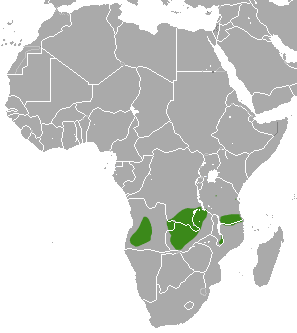
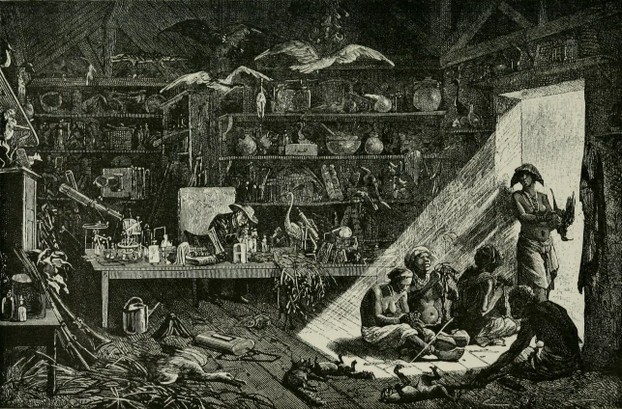
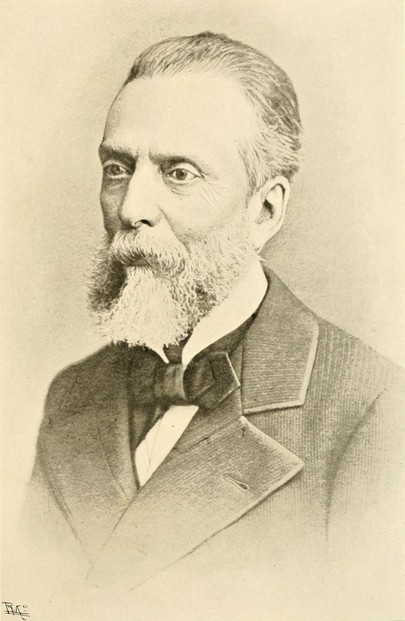
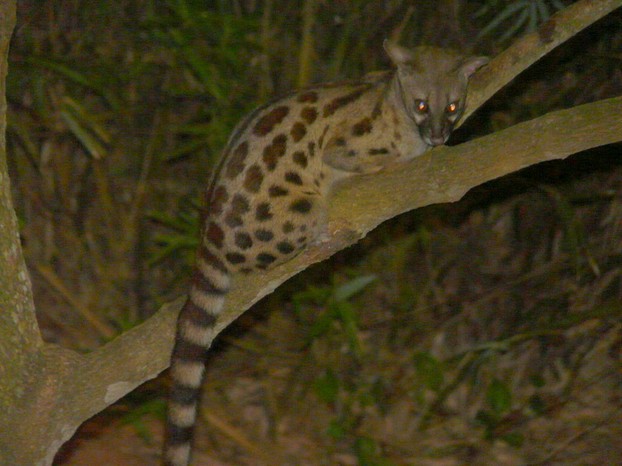
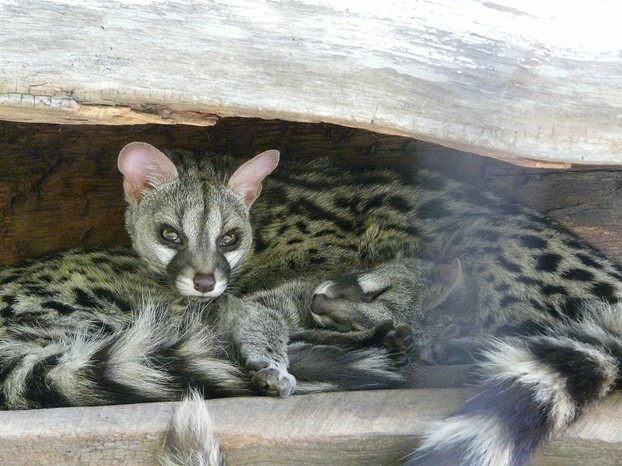
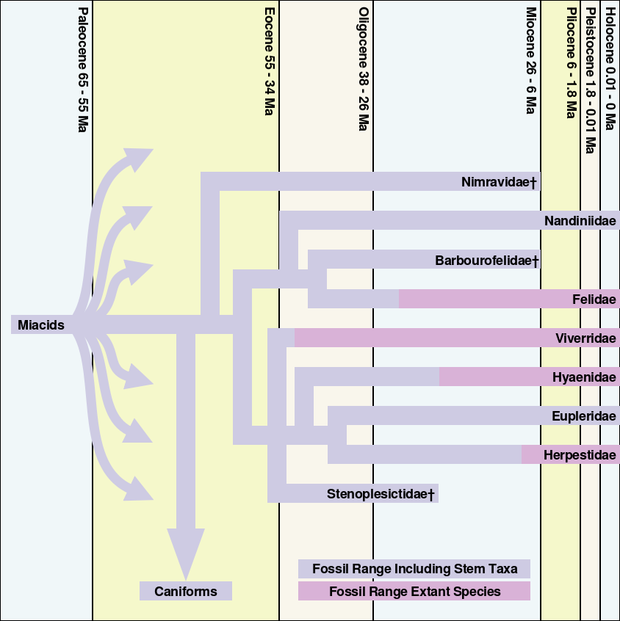
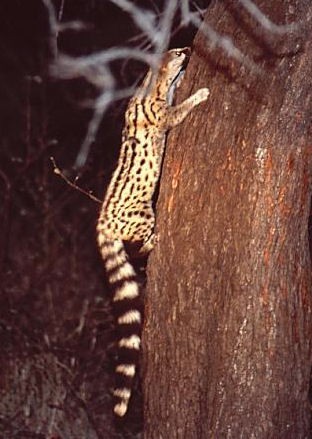
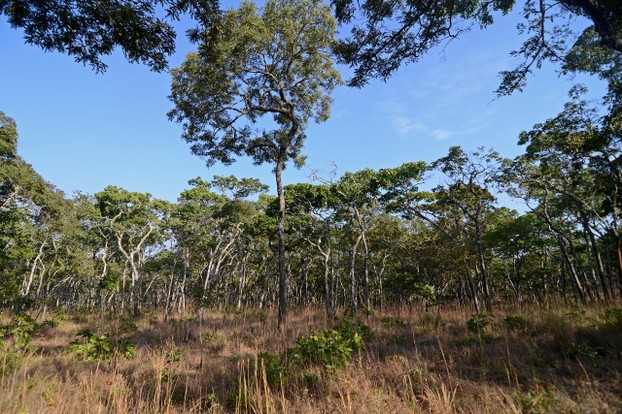
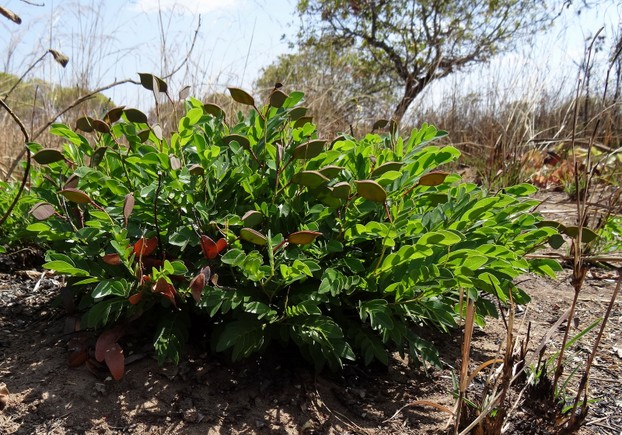
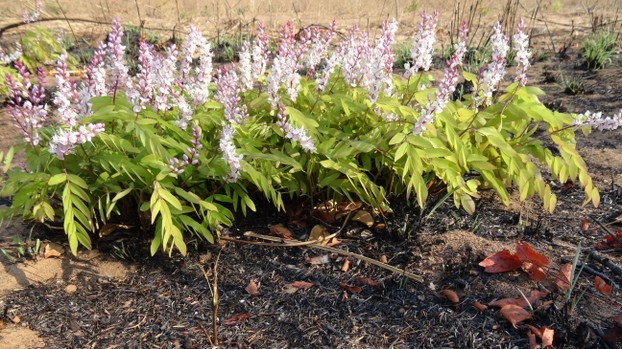
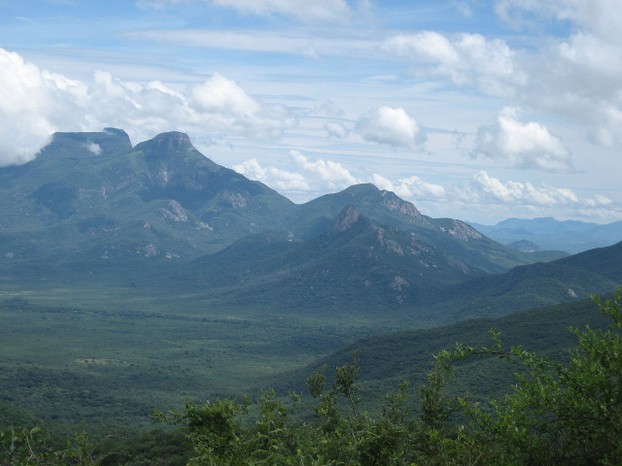



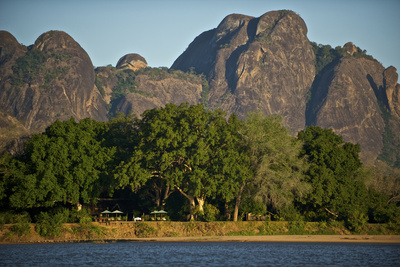
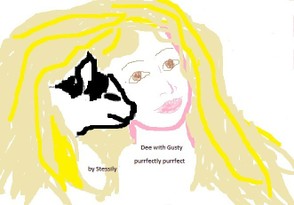
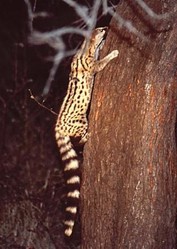

 Are Hawaiian Huakai Po Nightmarchers Avenging Halloween Thursday?on 10/02/2024
Are Hawaiian Huakai Po Nightmarchers Avenging Halloween Thursday?on 10/02/2024
 Mailing Addresses for 2023 Form 4868 Extending 1040 and 1040SR April 15, 2024, Due Dateon 04/15/2024
Mailing Addresses for 2023 Form 4868 Extending 1040 and 1040SR April 15, 2024, Due Dateon 04/15/2024
 Mailing Addresses for 2023 Forms 1040 and 1040SR Filed in 2024on 04/15/2024
Mailing Addresses for 2023 Forms 1040 and 1040SR Filed in 2024on 04/15/2024
 Mailing Addresses for 2022 Form 4868 Extending 1040 and 1040SR April 18, 2023, Due Dateon 04/13/2023
Mailing Addresses for 2022 Form 4868 Extending 1040 and 1040SR April 18, 2023, Due Dateon 04/13/2023

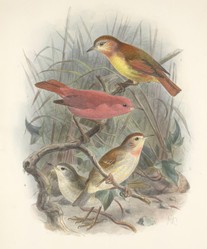
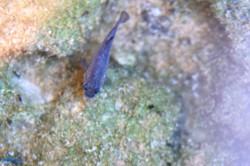
Comments
Mira, For all that we know about nature, there is so much more to discover. As you learned, there is more to zebra stripes than an interesting skin pattern. :-)
VioletteRose, Me, too, I agree that José Anchieta's lab in Caconda looks interesting. He certainly displayed diligence in assembling his lab.
It's so very interesting how markings on an animal's body tell us things about its behavior, as here the stripes and spots and the stench. Also how these markings are often evolutionary. I read this spring about how zebras' stripes keep tsetse flies and horseflies away. Not knowing much about nature, it was quite stunning to learn that :)
Great details, the picture of the laboratory in Caconda looks interesting. Thanks for sharing!